Introduction
A Minecraft enthusiast and researcher has developed a groundbreaking toolset that converts 3D Google Maps tiles into voxel-based environments for Minecraft. The result is a highly detailed and recognizable representation of real-world locations rendered in the beloved blocky style of the game.
The Vision Behind the Tool
Meet the Creator
Ryan Hardesty Lewis, a Ph.D. candidate at Cornell Tech in New York, led the development of this innovative process. His tool combines advanced algorithms and machine learning to bring real-world locations to life in Minecraft.
The Process
- Extracting Data:
- The tool starts with highly detailed 3D tiles from Google Maps.
- These tiles are converted into voxels and assigned colors and textures.
- Photogrammetry Integration:
- A custom algorithm assigns colors and material properties based on photogrammetric data.
- This results in voxel environments that are not just blocky abstractions but recognizable recreations of real-world places.
Taking It a Step Further
Machine Learning for Minecraft Compatibility
Lewis’s team developed a machine learning algorithm that enhances the process by mapping voxels to appropriate Minecraft blocks.
- Contextual Mapping:
- Blue voxels representing rivers are identified by their height and extent, then replaced with Minecraft’s water blocks.
- This ensures environments retain their context and functionality within the game.
- Dynamic Integration:
- Urban areas, forests, and landscapes are seamlessly transformed into Minecraft worlds that remain interactive and true to their real-world counterparts.
Applications of the Tool
Educational Potential
Lewis envisions this tool being used by educators to:
- Teach geography and ecology through dynamic, interactive maps.
- Explore urban planning in a hands-on, gamified environment.
Gaming and Exploration
Gamers can use this tool to experience real-world locations in Minecraft, opening up endless possibilities for exploration and creativity.
Learn More
For more information about this project, including GIF demonstrations of its functionality, visit the official website: voxelearth.org. Additionally, attendees of SIGGRAPH will have the opportunity to see “Voxelizing Google Earth” in action and experiment with the tool next month.
Conclusion
This innovative tool developed by Ryan Hardesty Lewis is a significant step forward in blending technology and gaming. By transforming real-world data into playable Minecraft worlds, it offers a wealth of opportunities for education, creativity, and exploration. Whether you’re a gamer, educator, or urban planner, this project promises to redefine how we interact with maps and virtual spaces.


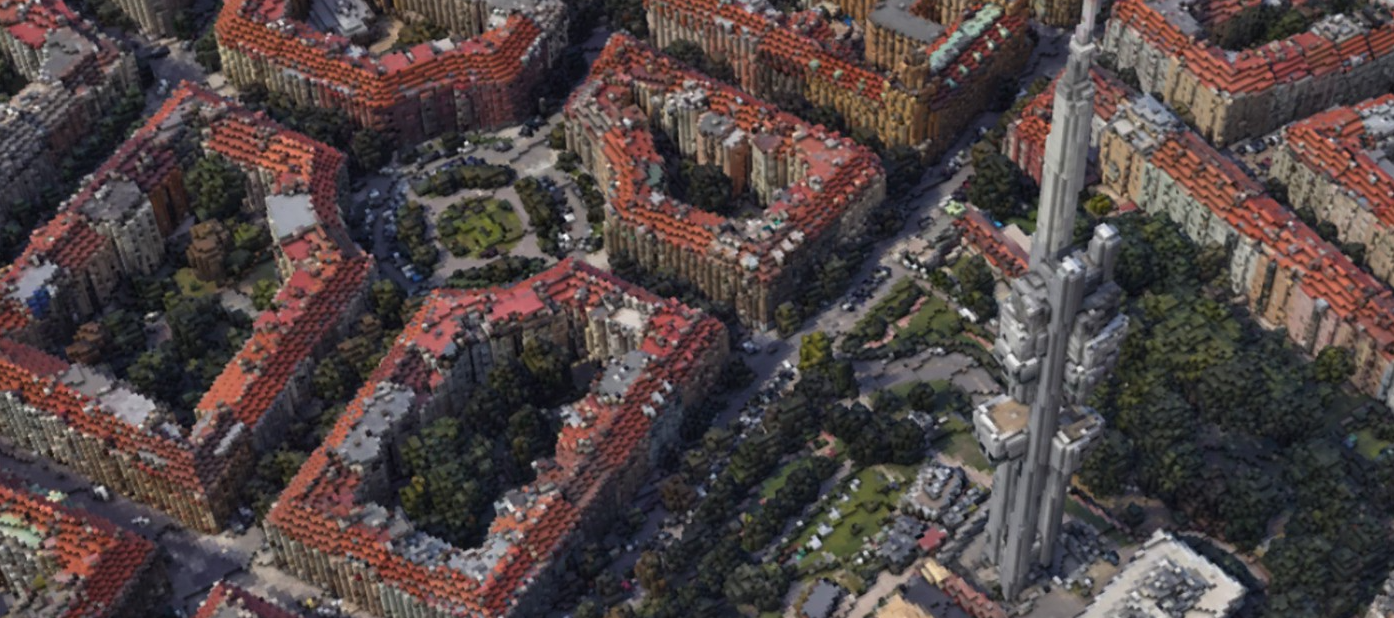
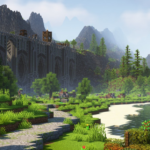
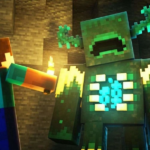
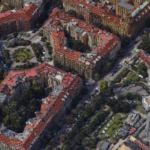
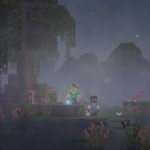
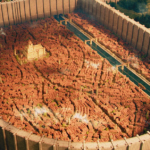
Leave a Reply